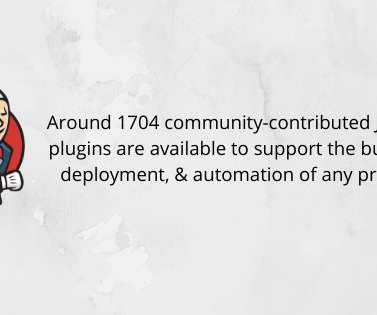Achieving Continuous Integration and Delivery through Jenkins
RapidValue
FEBRUARY 23, 2020
Released in 2011, Jenkins is a Java-based open-source automation service that facilitates our software development cycle. As mentioned, one of the notable aspects of Jenkins is the fact that it enables continuous integration and continuous delivery. What is so special about this build automation software? By, Adarsh TS.















Let's personalize your content